
Always was and always will be Aboriginal water
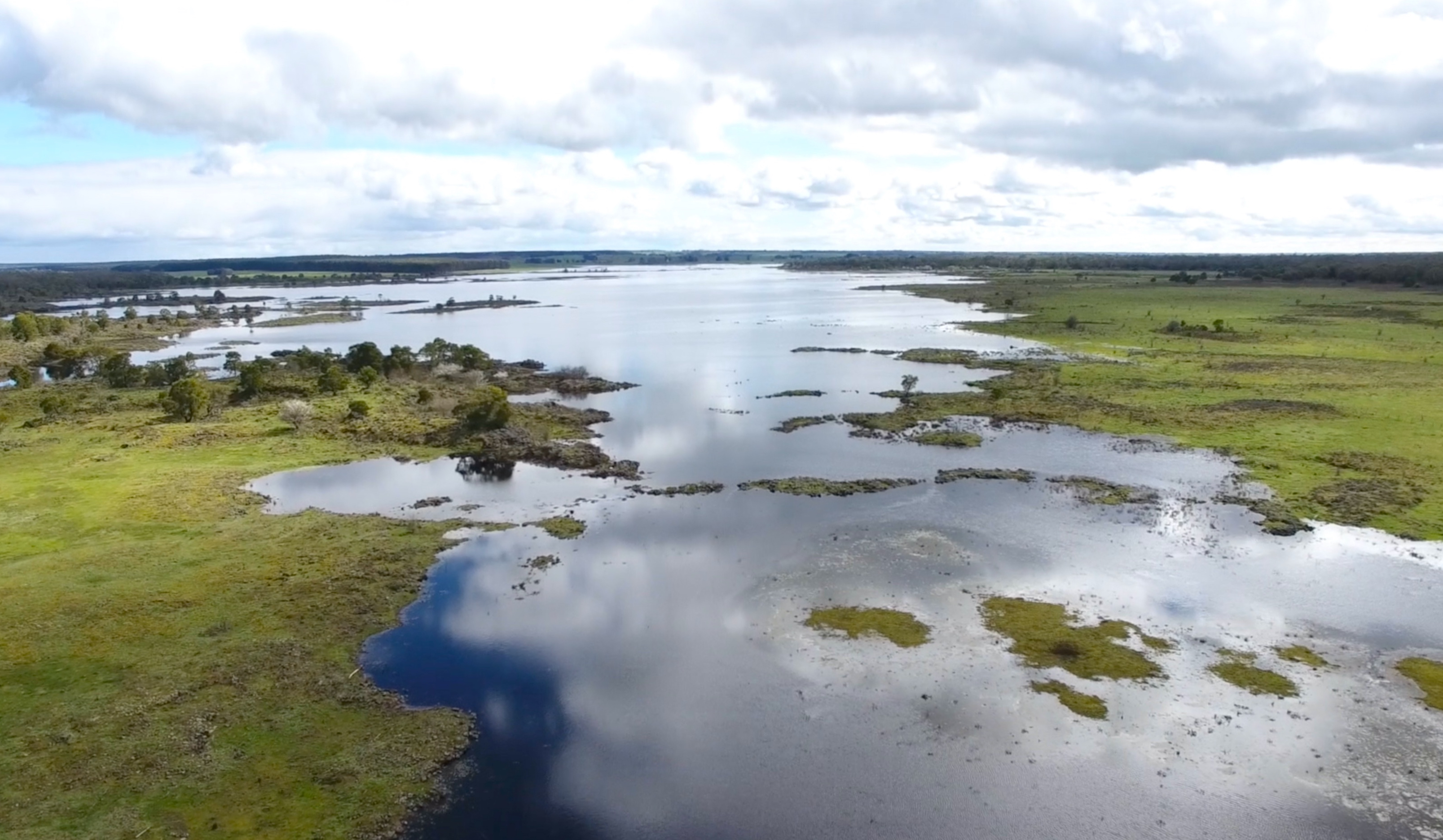
If we really care about closing the gap we need a serious discussion about Indigenous water rights and Indigenous voices in water management
Published 22 September 2020
Aboriginal readers are warned photographs in this article may contain images of deceased persons.
For 70,000 years or more, people have lived on the Australian continent.
They have adapted to its ecology and climate, building a rich tradition of art and culture and assembling a deep knowledge about the land and natural resource management.
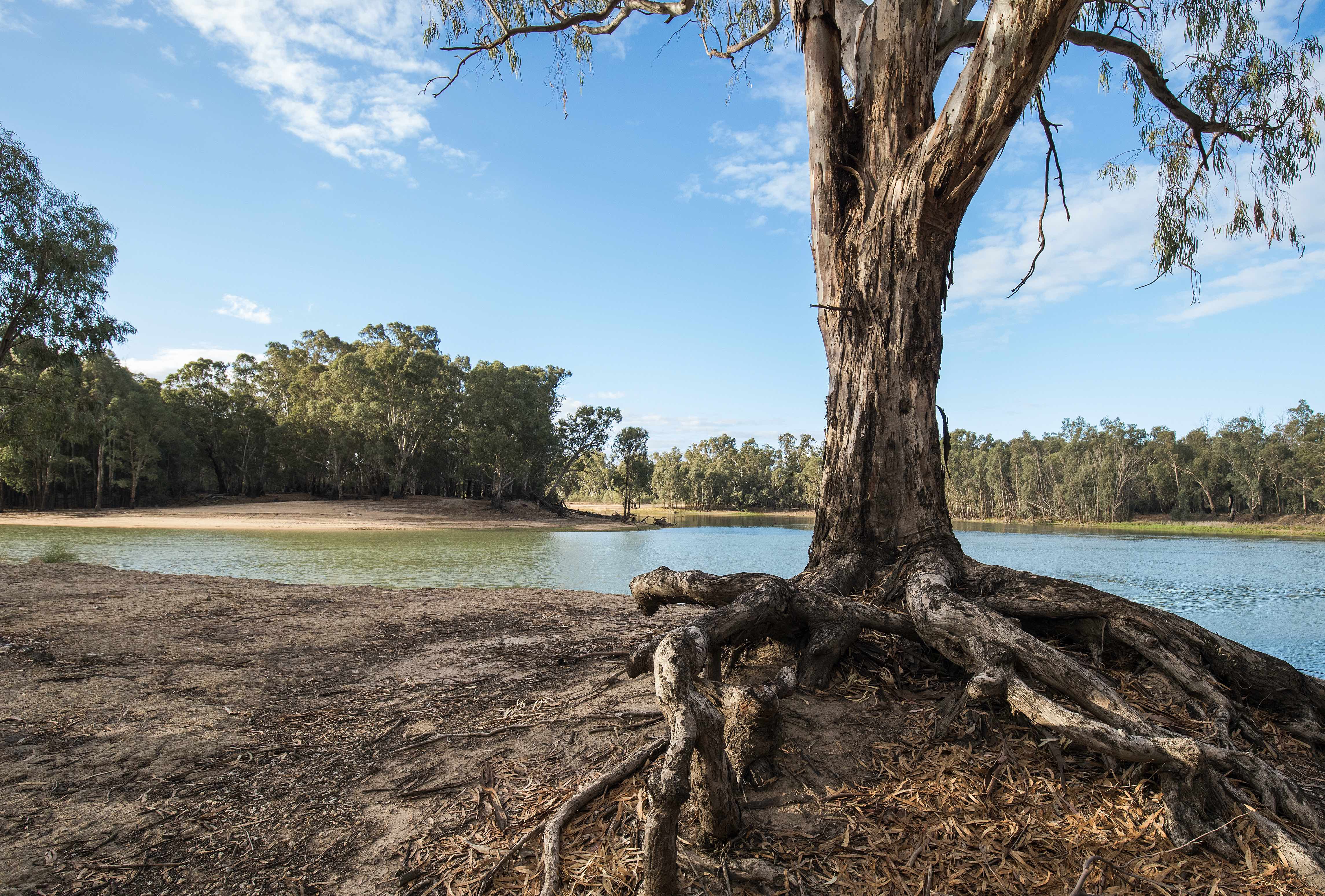
It has been a rocky road in Australia towards reconciliation between Indigenous and non-Indigenous people. Much of the conversation in recent decades has justifiably focused on rights to land – but what about water?
Legally, Australia has recognised environmental water rights and there is now talk of recreational water rights – such as for football fields, fishing and shooting.
If we really care about closing the gap and achieving reconciliation, then we need a serious, fulsome discussion about Indigenous water rights and Indigenous Voice in water management.

Ancient stone-built water infrastructure
Tens of thousands of years ago in south-west Victoria, a volcanic eruption created an eight-kilometre-wide, 18-kilometre-long lava flow.
Around 6,600 years ago, Indigenous Australians built Budj Bim within the stony remnants of the flow.
That unique system – as important as any other stone archaeology around the world – features complex channels for water management and aquaculture.
It has remained in almost continuous operation.
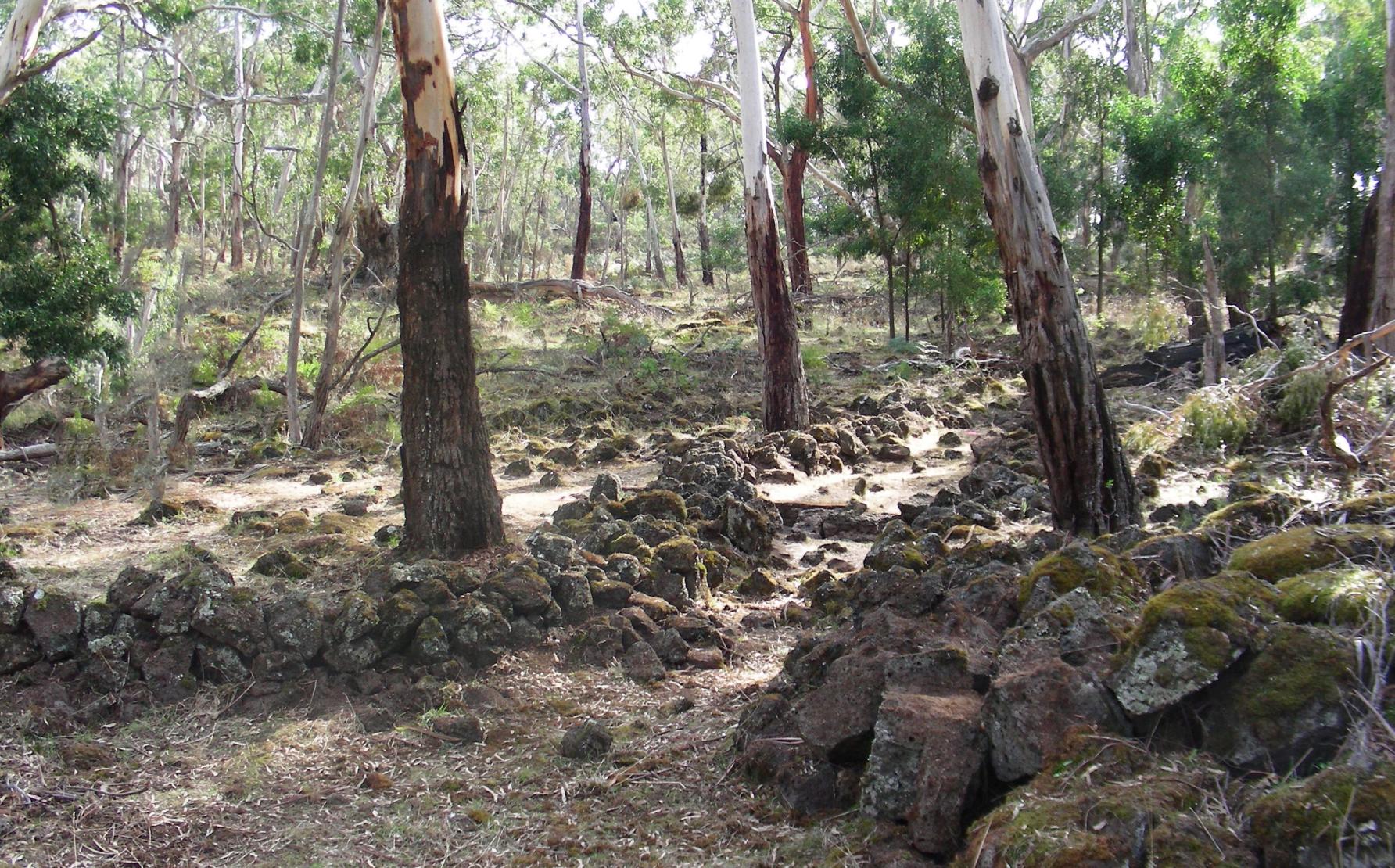
In the 2000s, Victorian Premier Steve Bracks set out a vision for achieving reconciliation by 2010. Coinciding with that vision, a campaign was launched to add Budj Bim to the World Heritage list.
Keith Hamilton was Victoria’s Minister for Aboriginal Affairs from 1999 to 2002. This year, he described the campaign in the following way:
Recognition of the Budj Bim site would challenge the preconception that Indigenous Australians were all nomads, and therefore unable to establish continuous connection to land. Challenging that idea was critical in achieving Indigenous rights under white law.

Politics & Society
Going beyond healing to build Indigenous power
In 2007, Gavin Jennings, the then-Victorian Minister for Aboriginal Affairs, formally handed ownership of the site back to the Gunditjmara people.
And in 2019, Budj Bim was entered on the United Nations World Heritage list – the twentieth Australian site to make the list – alongside Uluru, the Daintree, the Great Barrier Reef and Melbourne’s Royal Exhibition Building.
Water rights and dispossession
Water was integral to the survival of Australia’s first people, for whom rivers and creeks have long had great cultural significance.
Indigenous maps, language boundaries, Dreaming stories and ceremonial places are frequently based on or oriented towards water. But the colonists largely ignored Indigenous people’s deep connection to land, water and country.
On the eve of Federation, water was among the most hotly contested issues in the drafting of a potential Australian Constitution.
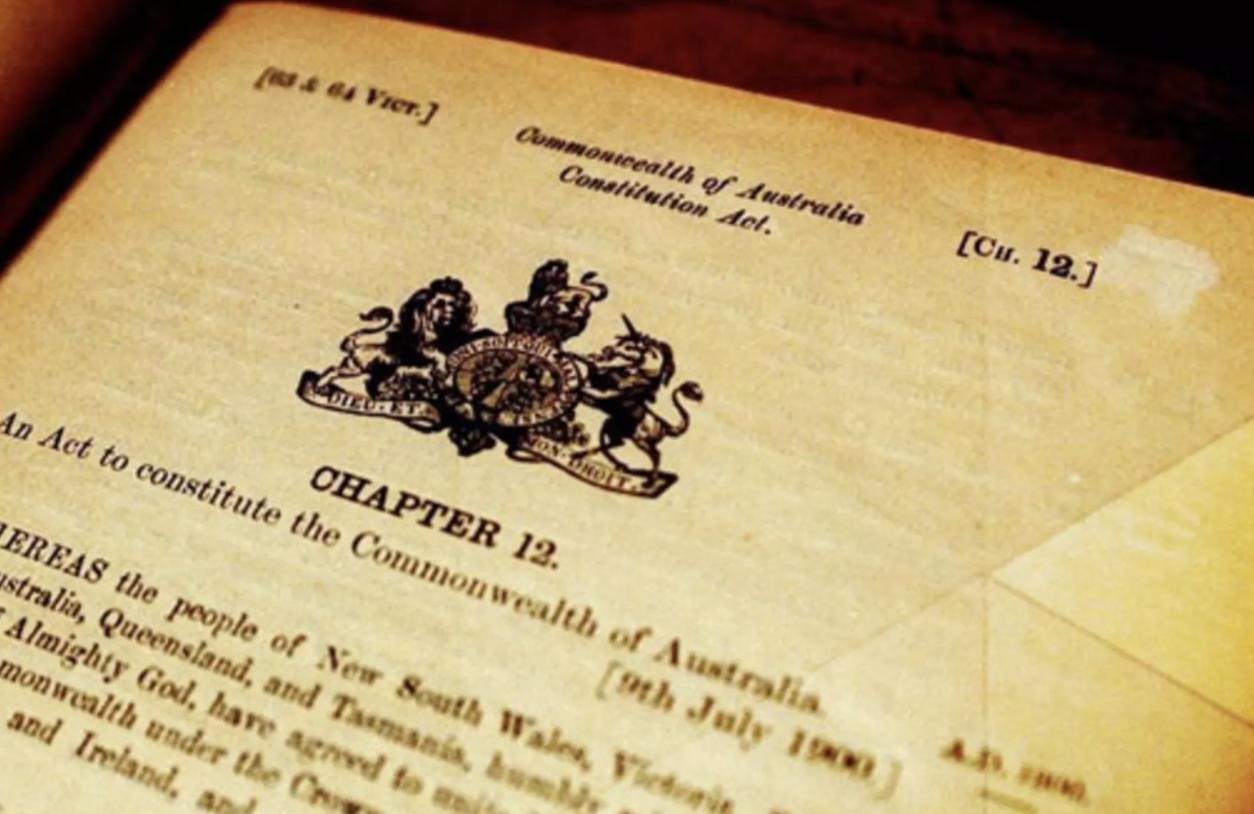
Farmers and irrigators pushed for ongoing rights to and control of water.
To placate them, the Constitution stated:
The Commonwealth shall not, by any law or regulation of trade or commerce, abridge the right of a State or of the residents therein to the reasonable use of the waters of rivers for conservation or irrigation.
This provision guaranteed the Commonwealth could not interfere with the rights of States and their residents to make ‘reasonable use’ of river waters for irrigation.

Politics & Society
Australia’s constitutional answer to structural racism
From 1901 until today, control of the power to regulate and allocate water would remain in the hands of the States, which would haggle, stumble and dissemble over water, especially in the Murray-Darling Basin.
The lifeblood of eastern australia
Indigenous boundaries aligned well with how water moved in the landscape. But the political and economic structure of modern Australia cuts across catchment boundaries.
Four states and a territory transect the Murray-Darling system.
Commissioner Brett Walker wrote in the report of the South Australian Royal Commission into the Basin Plan:
In the absence of utterly unrealistic change to our Commonwealth Constitution by referendum, this very Australian framework of governance will remain, faute de mieux. The cheerful term for it is “co-operative federalism”. A grimmer view would see it as a cockpit for interstate rivalrous self-interests.

But as a result of climate change, Australia’s recurring droughts are only going to get worse, and so is the fight over water.
Water for the environment
In Australian water management in the late twentieth century, there were efforts to allocate water deliberately for the environment, and not just treat environmental flows as an afterthought or leftover from irrigation and other economic uses.

In Victoria, the Water Act 1989 set the framework for a system of water rights and entitlements.
This legislation and subsequent reforms established bulk water rights, processes for trading water, the ability to separate water from land titles and recognition of the need for environmental flows.
The Water Act amendment of 2005 established the inaugural Environmental Water Reserve, which legally protected water for the environment.
For the first time, Victoria carved out a portion of the available water to ensure environmental and ecological benefits. Red gums would get a drink and fish would survive.
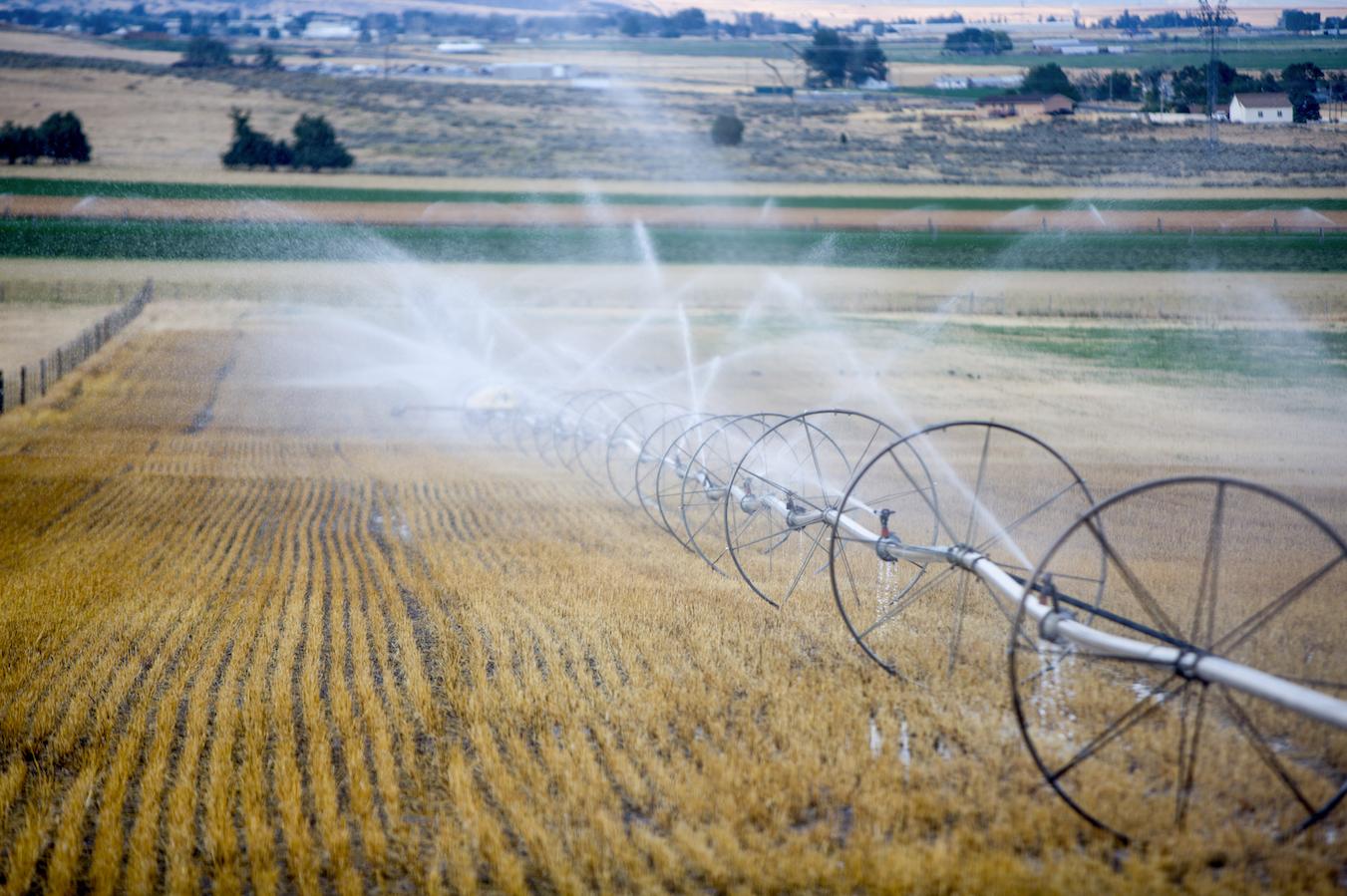
While not without debate or opposition, environmental water flows have generally enjoyed bipartisan support.
Indigenous water rights
Under British law, rights to use water for irrigation and farming were tied to ownership of the land.

Environment
How to undo Australia’s epic water fail
Dispossession of land was therefore dispossession of water.
During the latter part of the twentieth century, there was growing recognition of the need for reconciliation and justice.
Prime Minister Gough Whitlam met Australian Aboriginal rights activist and member of the Gurindji people Vincent Lingiari at Wave Hill in the Northern Territory, saying:
Vincent, I solemnly hand to you these deeds as proof in Australian law that these lands belong to the Gurindji people and I put into your hands this piece of earth as a sign that we restore them to you and your children forever.
Indigenous people received some water entitlements along with returned lands – but the entitlements were small. And over recent decades, Indigenous ownership of water in the Murray-Darling Basin has shrunk further.
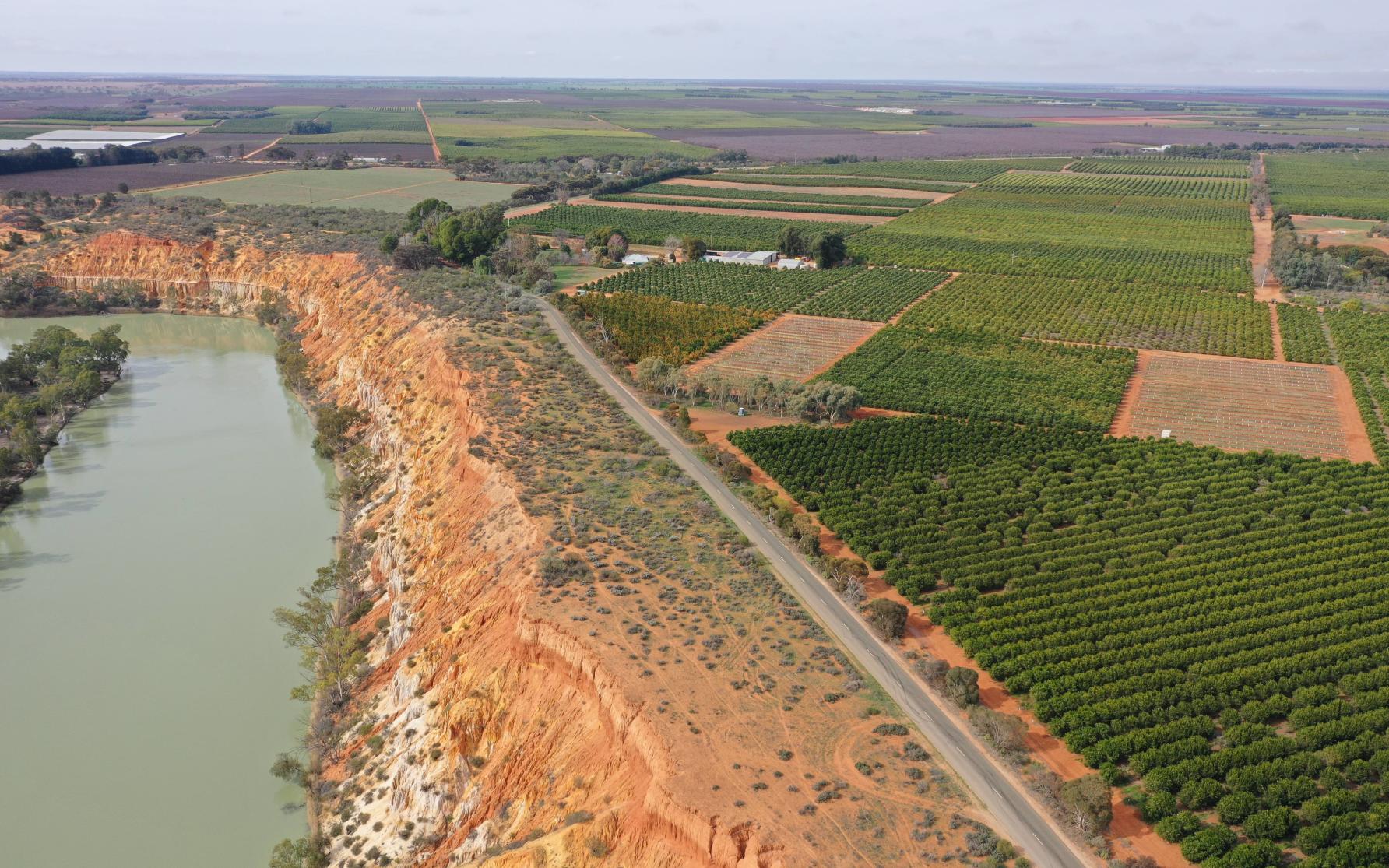
In NSW, for example, from 2009 to 2018, the water rights held by Aboriginal people declined by at least 17.2 per cent – or 2.0 gigalitres of water per year – but no new entitlements were acquired during that decade.
As at October 2018, according to recent research, Aboriginal people collectively held just 12.1 gigalitres, a mere 0.2 per cent of available surface water.
Human rights and water management
The Australian Human Rights Commission’s 2008 Native Title Report acknowledged that Indigenous people have historically been excluded from water management. The report proposed a partial remedy:

Sciences & Technology
Repairing the Murray-Darling Basin
Indigenous water rights in ‘reserved water rights’ should include and account for separate cultural and economic water allocations, and where water management is being conducted by Indigenous peoples on behalf of the government, in distinct environmental water allocations.
The concept of Indigenous water rights is not new. It is directly related to human rights agreements that the Australian Government has ratified.
According to those agreements, Indigenous people have rights to traditional lands – including water and mineral resources – for cultural, social and economic purposes.
Time to make amends
Embryonic efforts have already been made to put Indigenous people at the centre of water plans and catchment management.
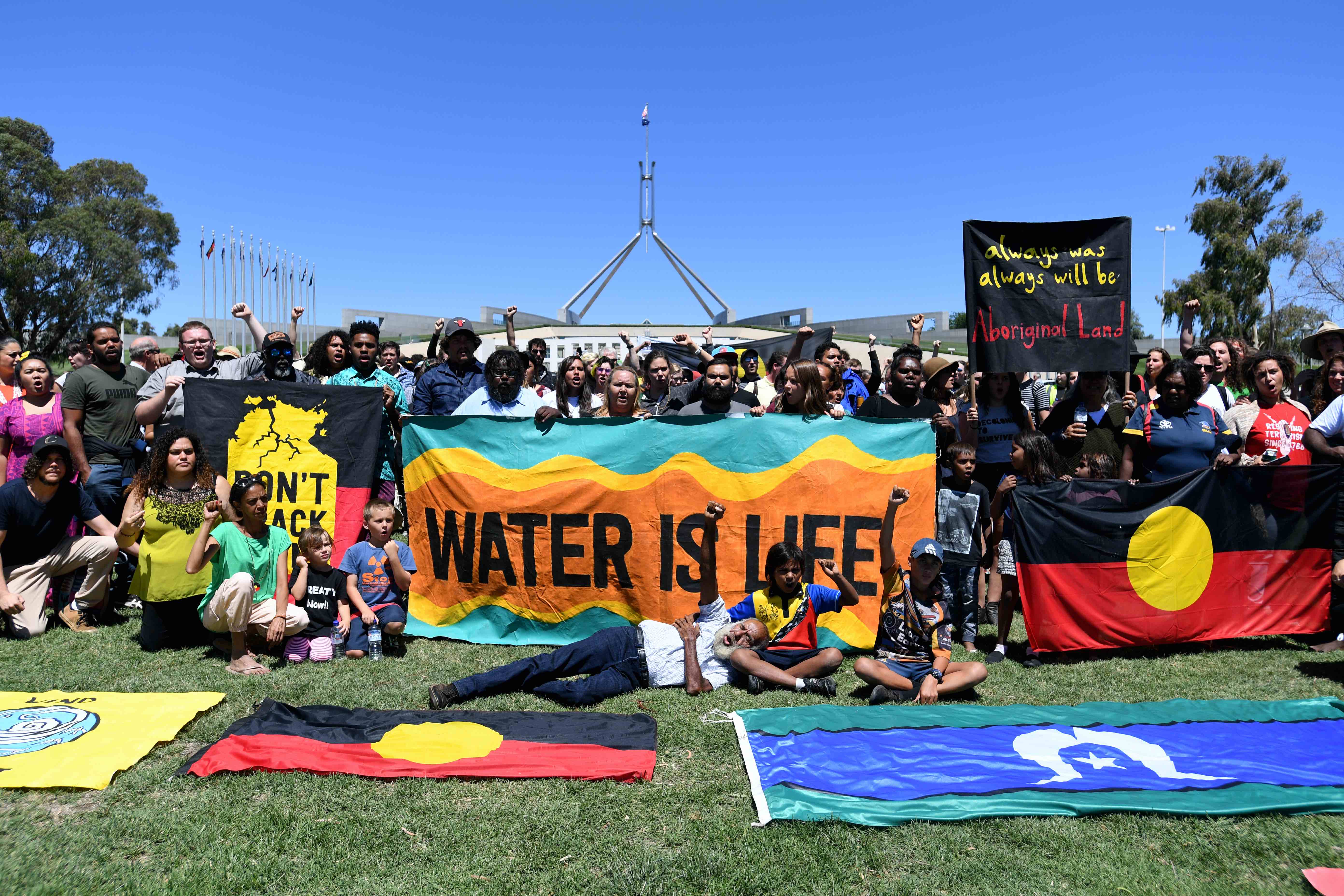
In Victoria, for example, the Water for Country project is guiding investment in projects informed by traditional ecological knowledge and Aboriginal assessments of waterways.
In 2019, the Water Amendment (Indigenous Authority Member) Bill passed the national parliament. A moved described by Minister David Littleproud as “historic”, “to make an Aboriginal position a legislated, permanent role on the MDBA Board”.
Phil Duncan, a Gomeroi man from Moree, recently called for greater Indigenous involvement in the water sector, founded on “self-determination, self-respect and self-management, particularly in the water arena where we have been somewhat operating in a vacuum and for quite some time”.

Environment
Water management? Yes, it’s personal
Water at a crossroads
In 2020, we are again at a crossroads but there are options to move forward.
Firstly, find more water by improving water efficiency and ensuring our water markets and rules prevent waste and theft.
Secondly, formally establish Indigenous water rights as a category in Australia’s water management system.
And finally, embed those rights in the terms of a just Treaty.
There is significant potential for water to be freed up as we transition to a post-Trump, post-Covid, post-carbon future. Now is the time to put water on the table at Treaty negotiations and in the conversation over Voice and the Uluru Statement from the Heart.
Genuinely closing the gap requires genuine reconciliation, and that means Voice, Treaty and Truth – the core elements of the Statement.
Not so long ago, it was argued Indigenous Australians should not have the right to vote or be counted in the census. Not so long ago, the idea of reserving water for the environment was seen as an aberration or pipedream. Soon, we hope, Indigenous water rights will be as solid and permanent as the eel dams and fish traps of Budj Bim.
Banner: Budj Bim/AAP

